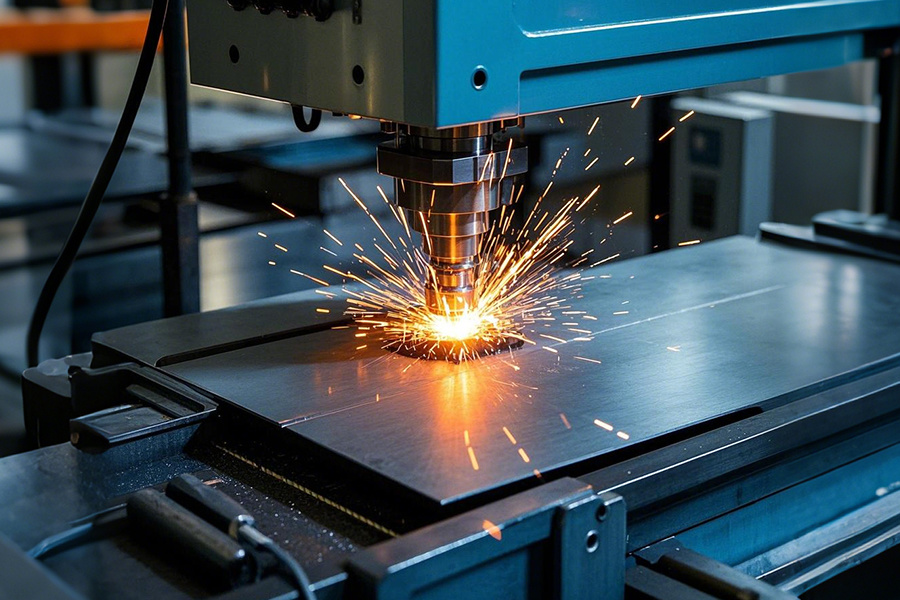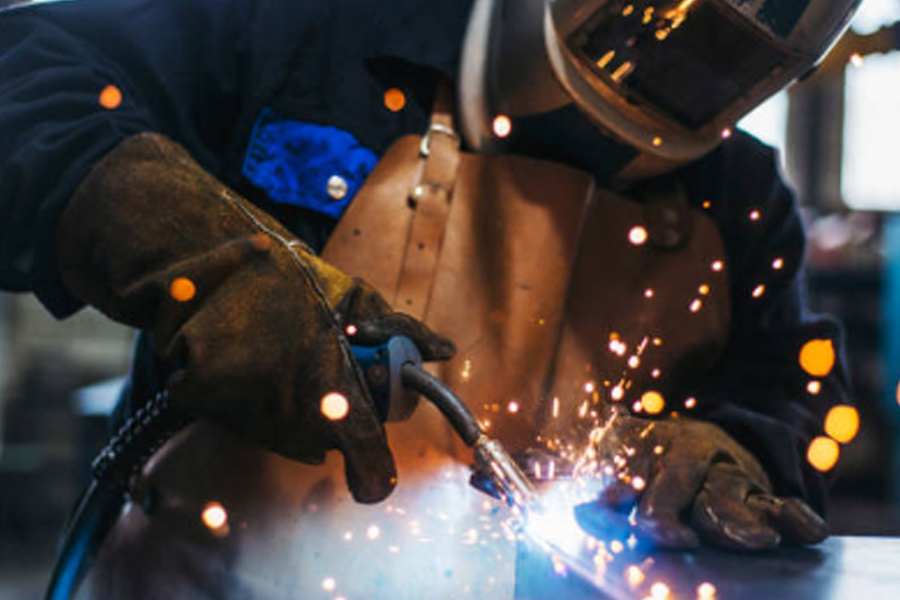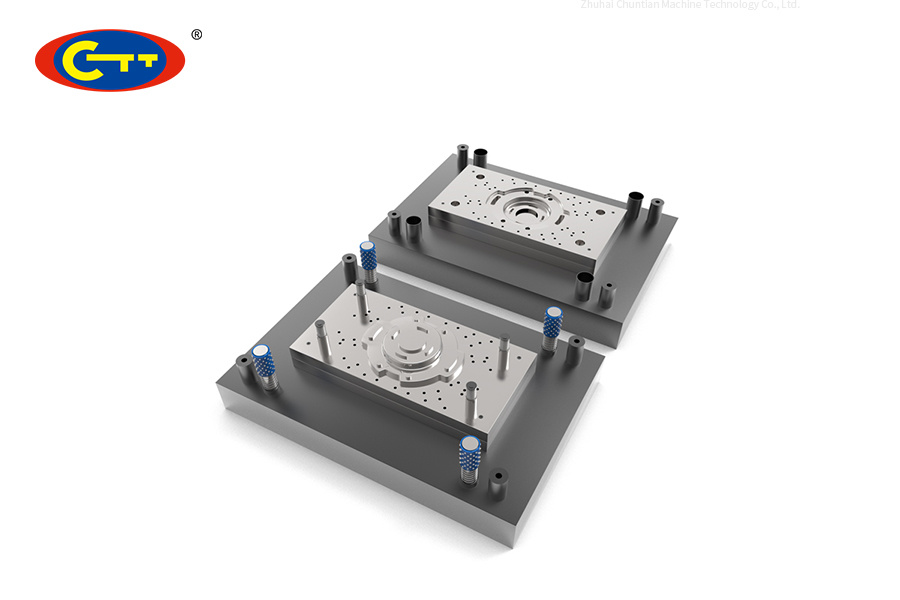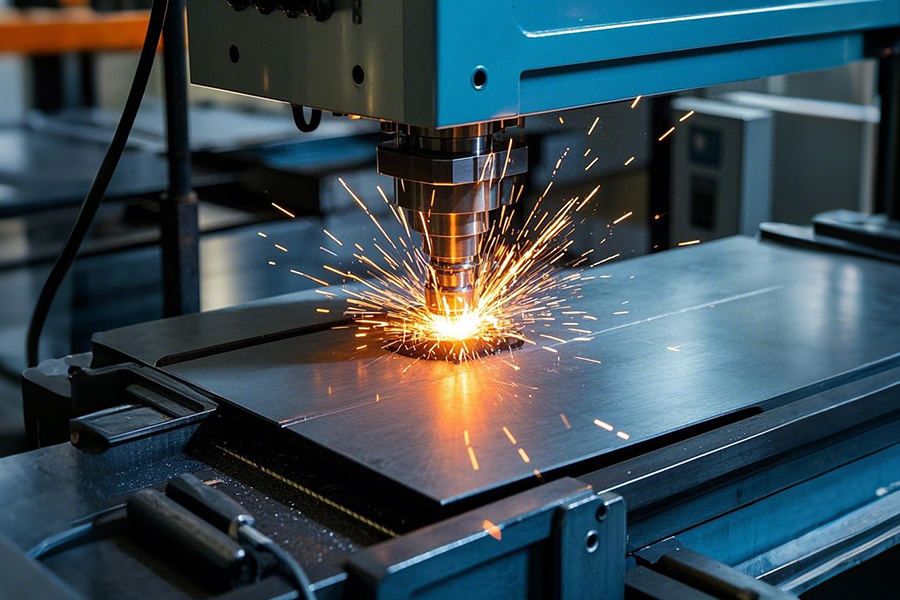Traditional welding and new welding technology
Release time:
2025-01-01
This article focuses on the choice between traditional welding and new welding technologies in sheet metal processing. Compare manual arc welding with laser welding, stir friction welding and other technologies, analyze their advantages and disadvantages, and explain Zhuhai Chuntian Machinery Technology's exploration in practice, providing a reference for enterprises in the selection of welding technology and promoting the development of sheet metal processing.
In modern manufacturing, welding technology is the key process for connecting metal materials, especially in the field of sheet metal processing, its importance is self-evident. With the rapid development of science and technology, new welding technologies are constantly emerging, which makes enterprises face the difficult choice between traditional welding and new welding technologies.
Traditional welding technology, such as manual arc welding, has a wide history of application in sheet metal welding. Its operating principle is relatively simple, and the equipment cost is low. It still has certain practicality for some small sheet metal processing companies or occasions where welding accuracy is not particularly high. Workers use the arc heat generated between the welding rod and the weldment to melt the welding rod and the weldment locally, thereby achieving metal connection. However, traditional welding also has obvious disadvantages. For example, the heat input during welding is large, which can easily cause large deformation of sheet metal parts, which may affect the dimensional accuracy and appearance quality of some precision sheet metal products. Moreover, the welding efficiency of manual arc welding is relatively low, and the quality of the weld after welding depends to a certain extent on the worker's operating skills and experience, and there is a certain instability.

In contrast, new welding technology has brought many new possibilities for sheet metal processing. Laser welding technology is one of the best. Laser welding uses a high-energy-density laser beam as a heat source to quickly melt and solidify the weldment to achieve connection. In sheet metal processing, laser welding has the characteristics of high precision, can achieve the welding of tiny welds, has a small heat-affected zone, and greatly reduces the deformation of sheet metal parts. This has significant advantages for manufacturing precision sheet metal parts, such as the housing of electronic equipment, automotive parts, etc. In addition, laser welding is fast, which can improve production efficiency, and can realize automated welding, reduce dependence on manual operation, and improve the stability of weld quality.
Another example is stir friction welding, which is a new solid-phase welding technology, especially suitable for welding non-ferrous metals such as aluminum alloys. In sheet metal processing, for some aluminum alloy thin plate materials that are difficult to weld by traditional fusion welding methods, stir friction welding can achieve high-quality welding connections at a lower temperature, avoiding defects such as pores and cracks during welding, and also reducing welding deformation. Moreover, the equipment operation of stir friction welding is relatively simple, and no filler material is required during welding, which reduces production costs.
However, the application of new welding technology is not without obstacles. First of all, there is the problem of equipment cost. New equipment such as laser welding machines and stir friction welding machines are expensive. For some small and medium-sized enterprises, the purchase cost is a considerable burden. Secondly, the new welding technology requires a high technical level of operators, and professional training is required to master it proficiently, which also increases the human cost and technical training difficulty of the enterprise.

As a member of the manufacturing industry, Zhuhai Chuntian Machinery Technology is also constantly exploring the best application solutions for traditional welding and new welding technologies. In actual production, it is necessary to comprehensively consider the choice of welding technology based on factors such as specific sheet metal processing product requirements, production scale, cost budget, and the technical strength of the enterprise. For some sheet metal processing projects with small batches, low precision requirements and limited budgets, traditional welding technology may still be the first choice; for those who pursue high-precision, high-efficiency, and high-quality large-scale sheet metal production, such as high-end electronic equipment manufacturing, aerospace sheet metal parts processing, etc., gradually introducing new welding technology and applying it reasonably can better enhance the competitiveness and product quality of enterprises, seize new opportunities for the development of the manufacturing industry in the wave of science and technology, realize the organic combination of tradition and innovation, and promote the sheet metal processing industry to a new stage of development.
Key Words






